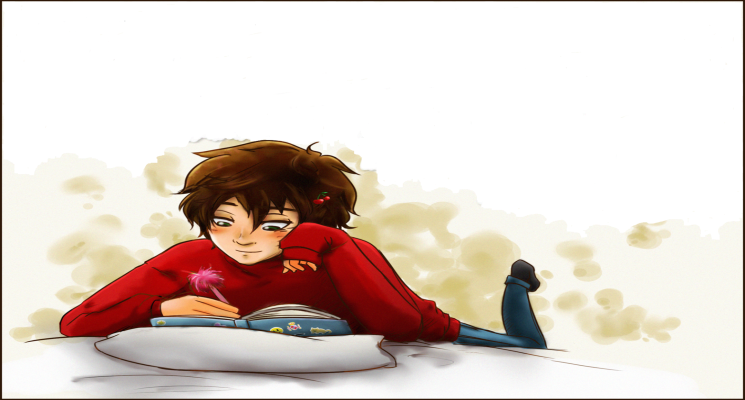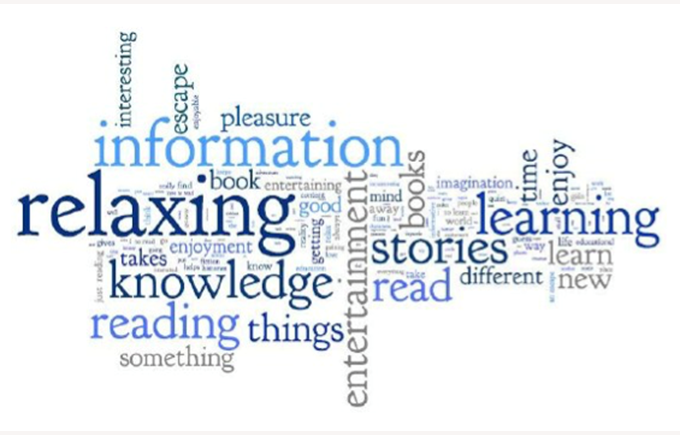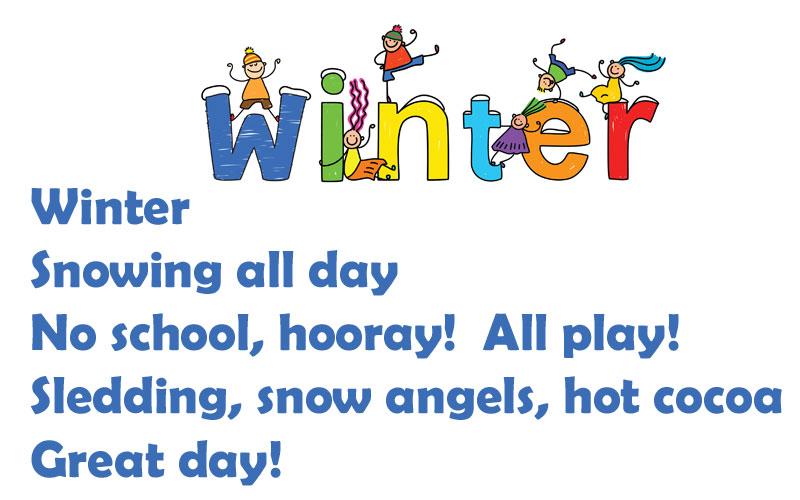| Unit of a long term plan: Unit 5Reading for pleasure. Lesson plan
| School: |
| Date: | Teacher's name:
|
| CLASS: 9 | Number present: | absent: |
| Lesson title | Reading. Fiction. Discussing a text about the benefits of reading. |
| Learning objectives(s) | 9.S1 use formal and informal language registers in their talk on a range of general and curricular topics 9.S2 ask complex questions to get information about a wide range of general and curricular topics 9.S3 explain and justify their own and others’ point of view on a range of general and curricular topics 9.R3 understand the detail of an argument- both explicitly stated and implied in extended texts on a wide range of familiar general and curricular topics, and some unfamiliar topics 9.R4 read a wide range of extended fiction and non-fiction texts on familiar and unfamiliar general and curricular topics 9.L4 understand the main points of supported extended talk on a range of general and curricular topics 9.W1 plan, write, edit and proofread work at text level with support on a limited range of general and curricular topics |
| Lesson objectives | All learners will be able to: Identify the theme, new words and use them as the basis for discussion. Demonstrate knowledge for usage of the Past Simple speaking about the benefits of reading.Transfer information from the given information into a graphic organizer. Most learners will be able to: Select, compile, and synthesize information for an oral presentation Provide a point of view in conversations and discussions; describe the plot of the story using active vocabulary. Some learners will be able to: Respond to and discuss the reading passage using interpretive, evaluative and creative thinking skills. Make a presentation about the benefits of reading. |
| Level of thinking | Higher order thinking skills (according to the revised Bloom's taxonomy). |
| Assessment criteria | Read the given text of description and identify the general information. Demonstrate skills of organizing and expressing ideas accurately. Illustrate a viewpoint in a discussion. |
| Target language | Benefits of, to pick up, to be a turning point, slowly but surely, a huge effect on, incidental information, snippets of information, , analytical skills. |
| Values links | Responsibility, Global Citizenship, Respect and Love to reading books, Care to modern technology, Love to nearest and dearest. |
| Cross-curricular link | Literature, Social Science, Psychology, Information Technology, Art. |
| Previous learning | Vocabulary relating to the benefits of reading |
| Plan |
| Planned timings | Planned activities | Resources |
| Start
3 min
| Class organisation  The lesson greeting. Warm up. The teacher sets the lesson objectives, letting students know what to anticipate from the lesson. Good afternoon, dear students and guests! Welcome to our English lesson! I give you these sheets of paper. Here you see three types of smiles; your task is to give yourselves marks putting ticks under the smiles. If you manage to do the work well put a tick opposite the happy smile. If not - opposite the sad one. If you are not sure put a tick under the neutral smile. On your desks you see folders with some files of different colours. You will need them during the lesson. Pre-learning (W)
 Look at the picture and say what is the boy doing and how is he doing it? In front of you there is a poem. I’d like you to read it and in groups discuss the meaning of it?
What is a Book?
By Lora Daunt A book is pages, pictures and words
A book is animals, people and birds
A book is stories of queens and kings
Poems and songs-so many things!
Curled in a corner where I can hide
With a book I can journey far and wide
Though it’s only paper from end to end
A book is a very special friend. Each group prepares its presentation. What does the boy prefer doing? Why? Make a list of books you read while you have free time? (revision of genres of books). Lead-in (W, I) Pre-reading stage.

|
Slide (useful phrases)
Pictures PPT
The picture of a boy reading a book
Whiteboard
Poem
A Table
|
| Main part 15 min
| Lead-in (W, I) Pre-reading stage. Listening and reading about the benefits of reading (W I) (P) Learners work with new vocabulary first. They get a list of words, read the words with the teacher. Learners create 3-4 sentences with new words to showthe meaning of the words. Differentiation Learners that are more able help the others to read the words correctly. Now the Sts.are going to listen to the text and then read. Ex.1 – 2 p.58 Each Sts. Tries to give a good title for the text. Do you enjoy losing yourself in a good book? (As for me…. As I think…. To my mind…). Ex.4 p.58 Build Your vocabulary: Find the active words from the text and explain by your own words.
Ex.5 p.58 (Group work). Make a cinquain of a word” reading”.
What is the structure of a cinquain? A cinquain consists of 5 unrhymed lines. Each line has a set number of syllables see below: Line 1 – 2 syllables
Line 2 – 4 Syllables
Line 3 – 6 Syllables
Line 4 – 8 syllables
Line 5 – 2 Syllables

|
Whiteboard
Writing Worksheet (new words)
CD 2.14
Student Book p.58
Teacher's Book p.80.
Whiteboard
Writing Worksheet
Whiteboard
|
| End 3 min.
| Home task. Ex.5p.58 (w). The story “The Fun they had”(I. Asimov) Students express their attitude to the lesson and give self-assessment using the method: “Six thinking hats”: Green: How can you use today's learning in different subjects? Red: How do you feel about your work today? White: What have you leant today? Black: What were the weaknesses of your work? Blue: How much progress have you made in this lesson? (Now I can, I still need to work on, I've improved in, Today I learnt... Yellow: What did you like about today's lesson? |
Slide (Homework) Slide "Six thinking hats"

|
| Additional information |
| Differentiation – how do you plan to give more support? How do you plan to challenge the more able learners? | Assessment – how are you planning to check learners’ learning? | Health and safety check |
| Differentiation can be achieved through content (Based on the theory of Multiple Intelligences different tasks are used with the same text). By support: Less able learners will be supported through step-be-step instructions, glossaries, thinking time.
By task: For more able learners additional leveled tasks are offered.
| Assessment criteria: Read the given passage and identify the general information. Demonstrate skills of organizing and expressing ideas accurately. Illustrate a viewpoint in a discussion. Descriptors: A learner reads the text for global understanding; selects meaningful information, constructs the answer; presents information in the group discussion. evaluates the peers’ answers. Teacher's observation using observation checklist (Appendix 2 - reference to the resource "Literature Circle Role Sheets" by Christine Boardman Moen. p.28) and monitoring. Self-assessment.
| Health saving technologies. Make sure power cords are not a tripping hazard Everyday classroom precautions
|




















